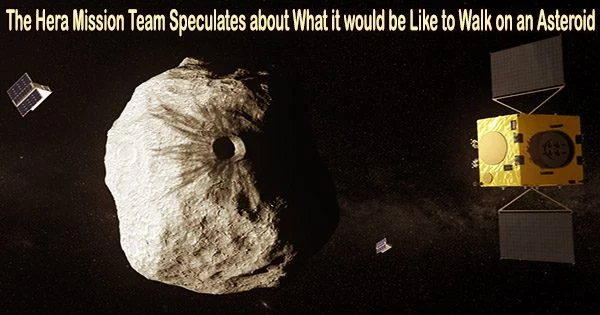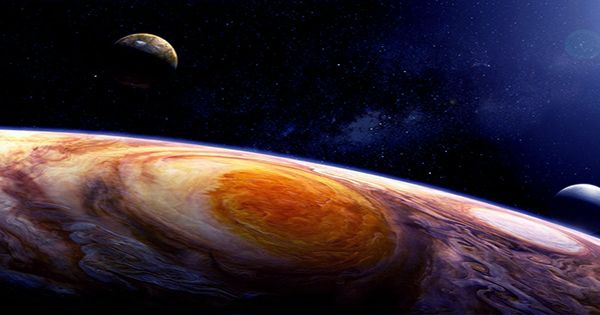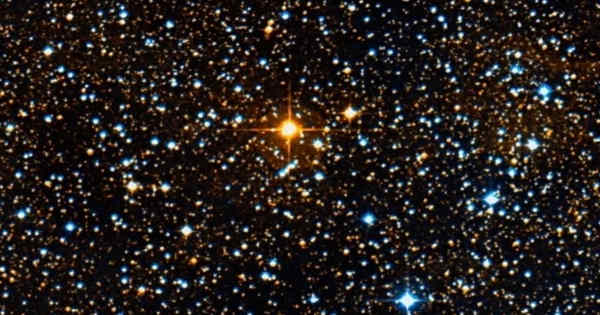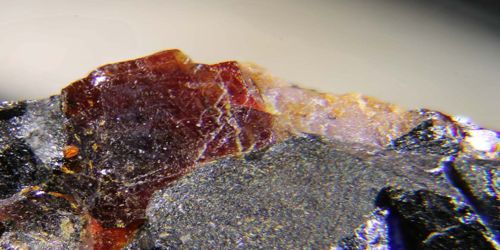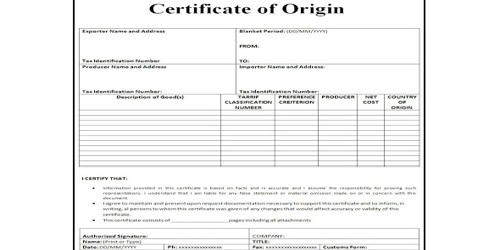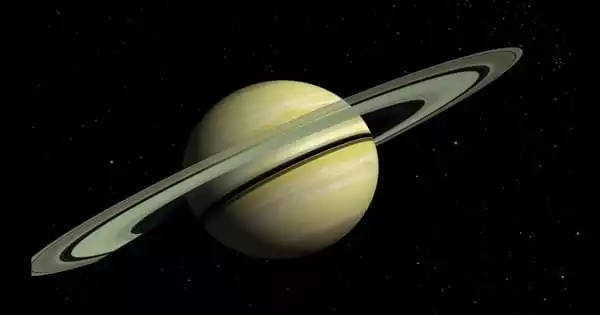The Hera asteroid mission team from the ESA has caught a glimpse of its final destination. In a risky but ultimately successful attempt to change the orbit of the boulder-strewn Dimorphos moonlet around its parent asteroid Didymos, NASA’s DART probe sent back photos of the moonlet in September.
Following DART, Hera will be accompanied by two “CubeSats” the size of a shoebox that will arrive on Dimorphos to wrap up their own observations. DART photos have been used by the team to aid visualize the touchdown process. And in the process they can’t help but imagine: what would it be like for human explorers to one day follow in these CubeSats’ footsteps?
Rocky horror
“The boulders covering the surface of Dimorphos are much bigger than they might look,” says planetary scientist Naomi Murdoch of ISAE-Supaero in France, working on the CubeSat landings. “At around 5-7 m across, the largest ones are typically house-sized.”
This assemblage of outsize rocks is a possible clue to the formation of Dimorphos. It’s possible that at some point in the past, its parent asteroid Didymos rotated so quickly that debris was thrown off and gathered in orbit. Didymos’ spinning top-like shape and the absence of stones on some of its surface lend credence to this hypothesis.
Naomi explains, “Moving across these boulders would likely involve much more climbing and jumping than walking. Be careful though jump too fast and you might never come down again, because you could exceed the local escape velocity. Plus in the ultra-low gravity environment it would be easy to generate significant ground motion, potentially triggering an avalanche of rocks.”
Sink or shoot
Patrick Michel, Director of de Research at Observatoire de la Côte d’Azur and Hera’s Principal Investigator adds, “A lot depends on whether its material is hard or soft, which would determine how high an astronaut might bounce, or else sink. On the asteroid Bennu, visited by NASA’s OSIRIS-REx, you would clearly sink if you landed too hard. On a harder body just 6 cm per second of upward motion might be enough to send you into orbit.”
You would want to avoid contact with surface rocks while gliding however, as they are likely to be sharp enough to snag your spacesuit, having never been smoothed by water or wind. Adding to the challenge, your weight would shift by about 10–20% depending on where you are on the surface, because of tidal forces from the Didymos parent asteroid.
Naomi Murdoch
Dimorphos, an asteroid orbiting the mountain-sized Didymos asteroid, is roughly the same size as the Great Pyramid of Giza at 160 meters across. The Dimorphos asteroid collision caused DART to change its orbit around Didymos and scatter debris hundreds of kilometers into space. According to the most recent estimation, almost 1,000 tons of debris enough to fill 60 train cars were blasted away.
Next, in October 2024, ESA’s Hera mission will begin its own journey to Dimorphos, to gather close-up data including the size of the impact crater and the asteroid’s mineral make-up and mass.
Hera will also deploy two 6-unit CubeSats for additional observations. Milani will use its hyperspectral imager to conduct mineral prospecting while Juventas will conduct the first radar exploration of an asteroid’s interior.
Additionally, both CubeSats are furnished with tools for collecting surface data after landing. While both Juventas and Milani include accelerometers to gather information about their expected initial bounces and recreate surface properties, Juventas has a gravimeter to monitor the gravity field.
Designing for ultra-low gravity
The underlying reality that Dimorphos’ gravity levels are less than one millionth of Earth’s has guided the design of the CubeSat deployment. The two will therefore be expelled from Hera at a speed of only a few centimeters per second; if they were to move any faster, they would run the risk of eluding the asteroid’s weak gravity and becoming lost in space.
When the MINERVA lander of Japan’s Hayabusa mission was deployed in the wrong direction during an attempt to settle on the Itokawa asteroid in 2005, it was similarly lost.
In light of this, any human astronaut would probably either utilize spikes and crampons to secure their position on the surface or a thruster unit to glide over it like a scuba diver investigating a coral reef.
“You would want to avoid contact with surface rocks while gliding however, as they are likely to be sharp enough to snag your spacesuit, having never been smoothed by water or wind,” says Naomi. “Adding to the challenge, your weight would shift by about 10–20% depending on where you are on the surface, because of tidal forces from the Didymos parent asteroid.”
Navigation would present another difficulty, comments Patrick. “It is likely Dimorphos was tidally locked before DART’s impact, but is now probably either rotating or ‘librating’ wobbling as it orbits Didymos.” Either way, this means the local sky above an exploring astronaut would probably be shifting all the time, or disorientation might become a risk.
Short but useful surface lifetime
Before landing on the asteroid, Hera’s CubeSats will first complete their primary objectives by utilizing cold gas thrusters to maneuver around Dimorphos. The gravimeter on Juventas is built to function on the surface regardless of how it lands. For example, if it flips over or lands between two stones, it will continue to function for the 20 hours or so that remain on its battery.
As Milani descends to the surface, its accelerometers will measure the force of its bounces in order to collect additional information about Dimorphos’ feeble gravity field. Results from both CubeSats will be gathered by Hera via its inter-satellite links.
Hera is due to be launched in October 2024, to arrive at Didymos and Dimorphos just over two years later.
